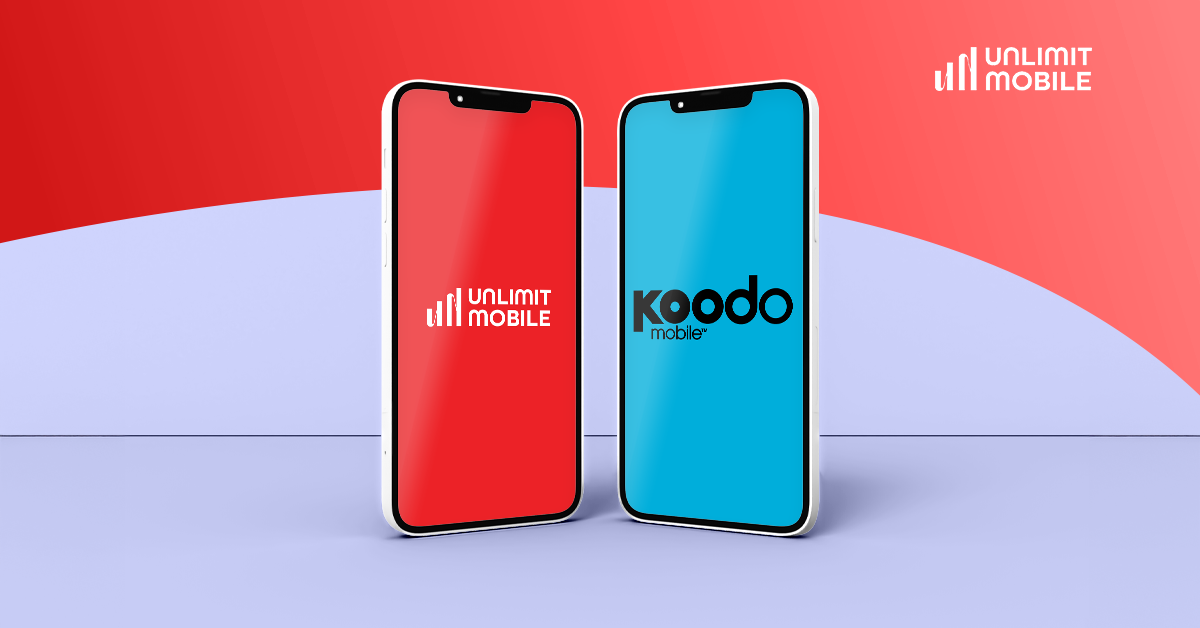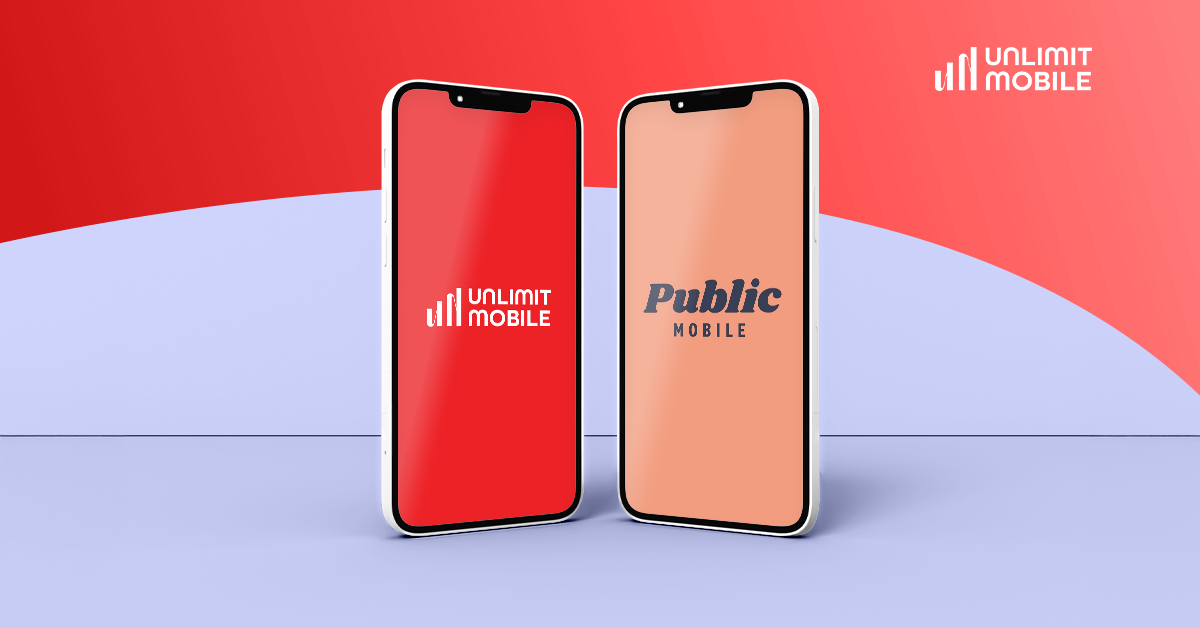One destination hotspot most sought after by expats and international students and pertinently so is America. It will remain a world leader in learning, innovation, and opportunity in 2025. If travel is part of your reasons having to do with learning, work, or beginning a brand-new life entirely, America has a special climate that will facilitate both your personal development and career advancement.
What is special about America is diversity—the diversity of culture, thought, and way of living. By having world-class universities and thriving technology centres to attractive cities and natural small towns, America has a home to suit all. America's emphasis upon freedom, innovation, and personal enterprise makes America a destination of choice irrespective of background.
What is Cost of Living in USA?
Thinking about moving or working in America? One of your first things to plan is your USA Living Costs. It's a world-class opportunity to live here but living can be costly depending on where you will be living. Let's dive into it all that you need to know—from living arrangements to tuition to healthcare to going out to eat to transportation to even choices involving internet—with a goal to help plan ahead confidently.
Housing Costs in USA
Your biggest expense will be going to housing, and prices varying greatly between states and cities.
- Average Rent - A one-bedroom living space can be rented out nationally at a monthly rent between $1,400–$2,100.
- High-cost cities - New York City, Los Angeles area, San Francisco area, and Boston area rent apartments within the $2,000–$3,000+ monthly range.
- Middle-level cities - Cities like Denver, Austin, or Seattle would rent between $1,500–$2,000.
- Affordable Cities - It is possible to rent apartments in small cities or student cities (Madison, WI or Raleigh, NC) in $900–$1,300/month.
- Shared Accommodations - If a student or a young expat is overseas, then he or she will be saving a fortune sharing a room instead of a whole unit. Split rooms typically range anywhere between $500–$1,400 a month, depending on location.
Pro Tip - One can search rental places on Craigslist, Zillow, and Apartment List pages but rent might be negotiable upon demand. Most students can even rent apartments via uni groups or Facebook groups or even Roomster app.

Education Costs in USA
American colleges possess some of the world's highest-quality institutions within global higher education but without a commensurate absence of expenses. A closer look at fees and tuition and how international students can include these costs follows.
Tuition Fees in USA
- Premier Private Universities - These include institutions like Harvard, MIT, Stanford, and Yale which charge anywhere between $60,000–$65,000 per annum in school charges. With board and living costs plus healthcare insurance, a student can quite easily exceed $85,000–$95,000 per annum.
- Public Universities - If you happen to be an overseas student, then non-resident rates will be applicable to you. Tuitions and fees in flagship schools like UC Berkeley, University of Michigan, or University of Texas at Austin will be $45,000–$55,000 per annum and overall annual expenses will be approximately $60,000–$75,000.
Community Colleges - If you begin at an actual two-year college, it's very inexpensive—the $8,000–$12,000-per-year if you're a foreign student.
Admission Requirements
- Transcripts and GPA on a United States scale
- Test English scores (Duolingo English Test or IELTS) or Duolingo
- Personal essays and letter of recommendations
- Standardized tests (SAT/ACT in college; GRE/GMAT in graduate school)
Note: Policy in flux—the most MIT schools and other independents again require testing, while a small number of public universities like the University of California remain test-free.
Scholarships & Financial Aid in USA
American universities cost a lot in most students' opinions but flagship universities are quite cheap:
- Need-Based Aid - These schools pay full demonstrated need, so families earning below $100k will pay little or nothing.
- Merit Scholarships - Such scholarships as Fulbright (grad students) or Knight-Hennessy Scholars (Stanford) consist of full tuition plus stipends and incidental.
Campus Jobs - On-campus employment is permitted for students holding an F-1 visa during semester sessions to a maximum of 20 hours a week to fulfil personal expenses.
Learn more about USA Scholarships
Healthcare Facilities for USA Students & Expats
American healthcare is modern but costly, and a healthcare plan is mandatory.
- University Health Plans - A Student Health Insurance Plan (SHIP) will usually be automatically included within most university plans. They cost around $2,500–$5,000 per year depending on your school. They cover doctor visits and hospitalization and usually have low deductibles.
- Marketplace Plans (family or expats) - Marketplace plans bought on the Affordable Care Act (ACA) marketplace range between $350–$550 a month but can be slashed drastically if eligible due to subsidies.
- Private Insurance - Your premiums may be subsidized if your employer is insured but, in any case, you will traditionally pay $100–$300 monthly premiums.
Pro Tip - If you are physically fit and only need basic coverage, then this does include short-term but typically does not include pre-existing illnesses. Students are safest to stick to school plan.
Food & Transport Costs in USA
Food expenses extend across lifestyles but below is an estimation:
Groceries - $300–$500 a month depending on how often going out to eat. More if in a large urban environment such as New York or San Francisco.
Eating Out - $10–$15 per fast-casual restaurant; $25+ per table service.
Transit passes pay $50/month in LA, $75 in Chicago, $90 in Boston, and $132 in NYC.
Car ownership accompanies insurance ($150–$250/month), gas, parking, and repair work—an urban monthly cost of $600–$900.
All cities nowadays have inexpensive bike-share programs and scooter services, another great inexpensive alternative.

Internet Cost in USA
USA has a lot to offer in internet and mobile but aren't inexpensive compared to certain countries
- Home Broadband - $50-$70 per month for broadband speeds (300-500 Mbps)
- Cell Plans - Prepaid SIM or eSIM plans can be $35–$70/month to offer unlimited calling and texting and unlimited data. Primary carriers include Verizon, AT&T, and T-Mobile.
- Pocket Wi-Fi - Most convenient if going for a trip or if individuals will be waiting to have home internet activated. $8–$12/day unlimited data (speed will be slowed after daily thresholds).
- Most college dorms include free Wi-Fi, so if living on campus, a student might or might not need a stand-alone home internet plan.
Unlimit Mobile – Best USA SIM Card for Students
Unlimit Mobile offers the most popular USA tourist SIM cards, both standard SIMs, along with eSIMs for international tourists. Whether you are coming from the UK, India, Europe, or Asia, Unlimit Mobile makes it is easy, fast, and affordable to remain connected
Unlimit Mobile SIMs work on the major US networks with nationwide 4G/5G coverage across the country. Unlimit Mobile plans, do not need credit checks, form completion, or long queues.
Plan Name | Price | Data | Validity | Calls & Texts |
Unlimited Loki | $12 | 2 GB | 30 days | Unlimited Calls & Texts |
Unlimited Rizz | $40 | Unlimited | 30 days | Unlimited Calls & Texts |
Unlimited Slay | $50 | Unlimited | 30 days | Unlimited Calls & Texts |
Unlimited Goat | $65 | Unlimited | 30 days | Unlimited Calls & Texts |
Save up to 70% by purchasing your SIM in India before traveling to USA.
Best States to Live in USA in 2025
State/City | Cost of Living |
Utah | Rent $1,200–$1,800/month; affordable lifestyle |
Idaho | Rent $1,000–$1,500/month; low taxes |
New Hampshire | Rent $1,200–$1,700/month; moderate taxes |
Massachusetts | Rent $2,000+; total $3,500+ per month |
Wisconsin and Minnesota | Rent $1,000–$1,500/month; overall low costs |
Texas Suburbs (McKinney, Pearland, Leander) | Rent $1,500–$1,700/month; homes ~$500,000 |
Laredo, Texas | ~$36,000/year basic living; ~$72,000 for comfort |
Naperville, Illinois | Rent $1,500–$2,000/month |
How to Get a Job in USA
It can be a life-changer to find a job in America for students and newcomers. If you aim to Work in USA physically or searching Remote Jobs USA and Work from Home Jobs USA, it begins with knowing about work permits, visa application processes, and which industries pay the highest.
How to Get a Work Permit in USA
In order to lawfully work within America, overseas applicants require a legal Work Visa USA or employment authorization. Below is a summary of the most sought-after choices:
- F-1 and M-1 Student Visa - Permits international scholars to work through programs such as OPT (Optional Practical Training) and CPT (Curricular Practical Training) that usually accompany a student's field of study.
- H-1B Visa - Highly popular among technically skilled workers in engineering, natural sciences, technology, and finance. It's a highly competitive employer-sponsored visa. While about 480,000 people enrolled in H-1B in 2025, only some 120,000 were picked—a roughly 19% selection. Filings start at $3,460, while premium processing expedites approval to 15 days.
- L-1 Visa - reserved for transferring workers to a United States branch office of a multinational firm.
- O-1 Visa - reserved for individuals who possess extraordinary abilities in arts, sciences, or business.
- H-2Bs, J-1s, and E-2s serve seasonal employment, cultural visits, and investments and provide excellent short-term possibilities.
USA Visa Application Process
- Obtain a job offer letter from a United States employer who will sponsor your visa.
- Employer files a Labor Condition Application (LCA) and submits Form I-129 or a later version.
- Go to a United States consulate's visa interview.
- Upon approval, you can relocate to America and start working.
Learn more about USA Visa.
Highest Paying Jobs in USA
American job market has some of the highest-paying jobs in the world, particularly in medicine and technology. Doctors and subspecialties such as paediatric surgeons and cardiologists receive $432K–$450K+ per year, while nurse practitioners receive $126K per year on average.
Technocrats such as software engineers, data scientists, and cloud architects receive $150K–$250K per year, while petroleum engineers receive $137K–$260K per year. Top executive positions such as CEOs receive $500K+ per year plus bonuses.
Healthcare, engineering, and technology continue to be expats number-one choices, but Work Remotely has become a hot phenomenon, and We Work Remotely, Flex Jobs, and AngelList provide work-from-home jobs USA that can hit a six-figure mark.
FAQ’s
What documents are needed to work in the United States?
You will require a recent passport, employment visa (e.g., H-1B, L-1, or O-1), employment work letter and in some instances a Social Security Number (SSN) to work lawfully in America.
Which are the Best Places to Live in USA?
Cities such as Austin (TX), Raleigh (NC), Denver (CO), Seattle (WA), and Boston (MA) rank highest in affordability, employment growth, and quality of life.
How many Indians live in USA?
More than 4.9 million Indians reside in America in 2025 and thus become among the largest immigrant groups.
How to Stay Connected in USA?
Buy a prepaid SIM card or an eSIM from Unlimit Mobile, T-Mobile, or AT&T, or a pocket Wi-Fi to ensure a stable internet connection.
Conclusion
Living in the United States as a student or expat can be a thrilling, enriching activity rich in opportunities. From finding work and determining the best accommodations to managing living expenses, forward planning is required. With a relevant visa, good connectivity, and sound financial plans, settling in is made immensely easy. Welcome to this opportunity, venture out to a wide range of opportunities

















